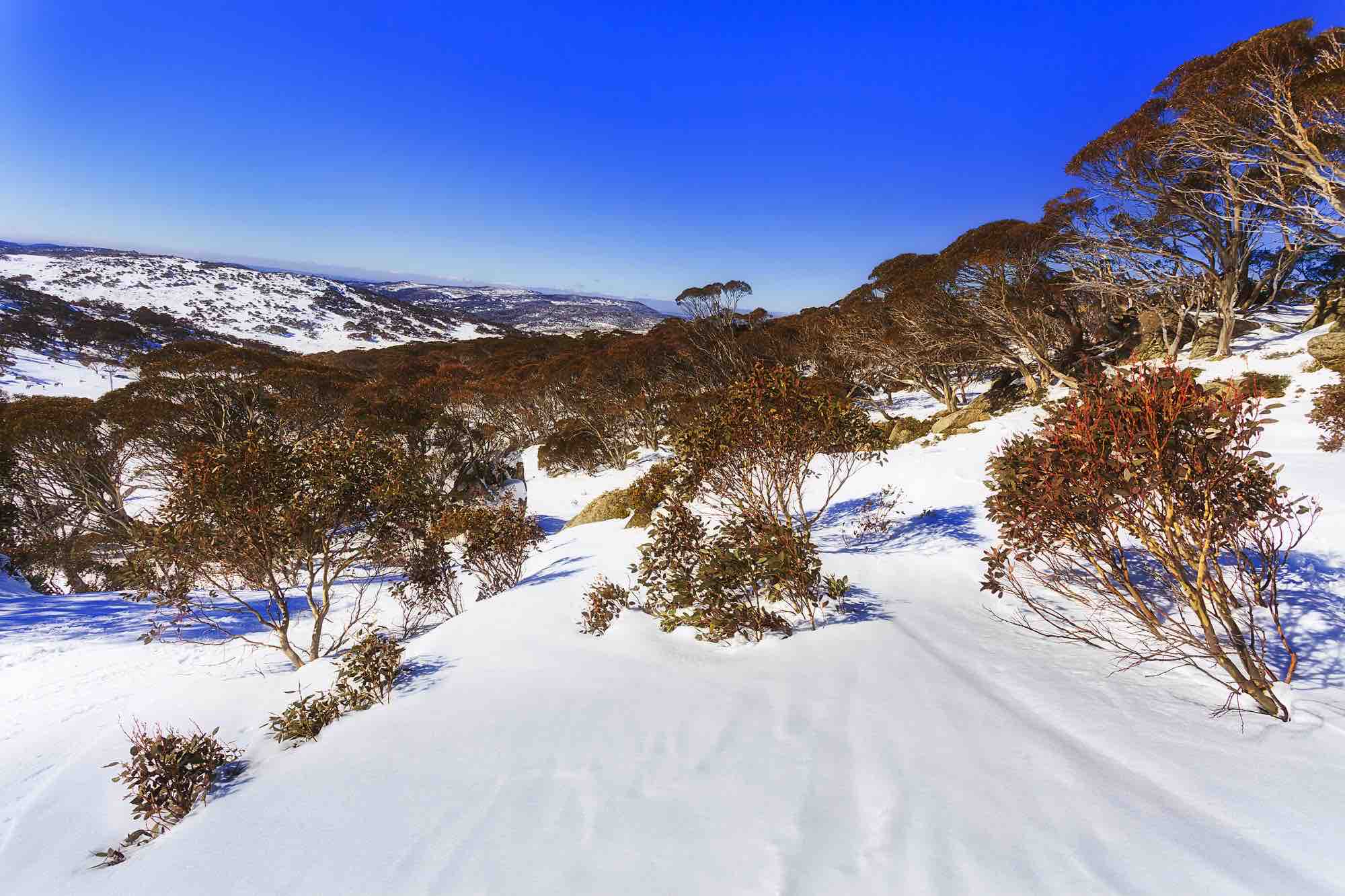Prepare an Memorable Winter Vacation to Enjoy Snow In Australia with Family
Prepare an Memorable Winter Vacation to Enjoy Snow In Australia with Family
Blog Article
The Various Types of Snow in Australia and Their Impact on Winter Season Sports
Australia, understood for its sun-soaked beaches, is additionally home to a varied range of snow problems that significantly affect wintertime sports. Each type, from the damp coastal snow to the dry indoor powder, presents one-of-a-kind difficulties and benefits for professional athletes. An understanding of these variations is important for those looking for to navigate the Australian inclines, as each needs different methods and strength. The adhering to expedition will talk about the ramifications of these snow kinds on winter sporting activities efficiency.

Recognizing the Qualities of Different Snow Kinds
While several think that snow is a homogeneous entity, it is necessary to comprehend that there are different kinds, each with distinct features. In Australia, these variants are especially obvious as a result of climatic variety. Coastal snow, found in locations such as the Snowy Mountains, is generally wetter and denser due to high dampness content, making it excellent for snowball battles or constructing snowmen. On the other hand, the snow located in the indoor areas like the Australian Alps is drier and lighter, commonly contrasted to a fluffy powder. These distinctions in snow kind aren't simply visual; they considerably effect winter months sports, determining the ease of movement, the rate achievable, and the degree of control required from athletes.
The Effects of Powder Snow on Skiing and Snowboarding
Despite its light and fluffy look, powder snow in the Australian Alps provides both unique obstacles and possibilities for wintertime sporting activities fanatics, specifically those involved in skiing and snowboarding. The smooth and forgiving surface of powder snow additionally lowers danger of injury throughout falls, making it a recommended selection for extreme winter season sports.

The Challenges and Benefits of Jam-packed Snow in Winter Season Sports
Changing emphasis from the loose, dry powder snow, another prevalent kind of snow in the Australian Alps is stuffed snow, positioning its own set of challenges and advantages in the world of winter sporting activities. Managing and browsing turns rate can be challenging on packed snow, requiring higher skill degrees from professional athletes. Regardless of these difficulties, loaded snow stays a vital component in many winter months sports, forming the efficiency and methods of athletes.
The Function of Wet Snow in Australian Winter Games
As opposed to the thick, slick surface area of jam-packed snow, damp snow plays an entirely different function in Australian winter season games. Characterised by its high moisture content, damp snow impacts the speed and control of wintertime sporting activities participants. Its see this hefty, sticky nature can be testing for professional athletes, specifically in snowboarding and snowboarding where speed and manoeuvrability are critical. Nevertheless, its malleability makes it ideal for snow sculpting occasions and for fortifying snow structures in sporting activities like snow ft fights. Regardless of its pitfalls, wet snow presents an one-of-a-kind dynamic to winter season games in Australia, screening athletes' adaptability and strength, and working as a reminder of the varied weather they should review be prepared to encounter.

How Slushy Snow Influences Wintertime Sports Efficiency
Proceeding the exploration of varying snow conditions in Australia, the influence of slushy snow on wintertime sports is another intriguing variable. Slushy snow, arising from warmer temperatures or straight sunshine, presents special challenges to athletes. It minimizes rate and needs increased exertion as the devices sinks into the soft, water-saturated snow. In snowboarding and snowboarding, slushy problems can influence the predictability of jumps and turns, raising the risk of mishaps. For snowmobiling, the equipment's performance might be impeded as it has a hard time to maintain grip. Hence, slushy snow changes the wintertime sports landscape, demanding not just enhanced physical exertion from professional athletes but also a higher emphasis on security preventative measures.
Adapting Winter Sports Techniques to Numerous Snow Problems

Final Thought
In final thought, Australia's varied snow kinds significantly impact winter sports performance. Each kind, from the glossy coastal snow to the drier indoor powder and the hefty, sticky damp snow, presents distinct difficulties and benefits. Thus, athletes should adjust their strategies to browse these differing problems effectively. The snow's formative role highlights the relevance of recognizing its attributes to enhance efficiency and security in Australia's winter season sporting activities landscape.
Changing focus from the loose, dry powder snow, an additional common kind of snow in the Australian Alps is packed snow, positioning its own set of difficulties and advantages in the realm of winter months sporting activities - Snow In Australia.In contrast to the thick, glossy surface area of packed snow, damp snow plays a completely various role in Australian winter months games. Its pliability makes it ideal for snow sculpting occasions and for strengthening snow frameworks in sporting activities like snow ft battles.Proceeding the exploration of varying snow conditions in Australia, the influence of slushy snow on winter sports is another fascinating factor. Each type, from the slick seaside snow to the drier interior powder and the hefty, sticky wet snow, offers unique challenges and benefits
Report this page